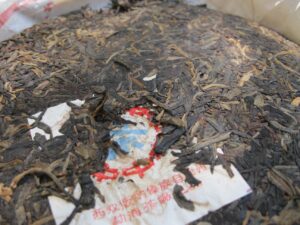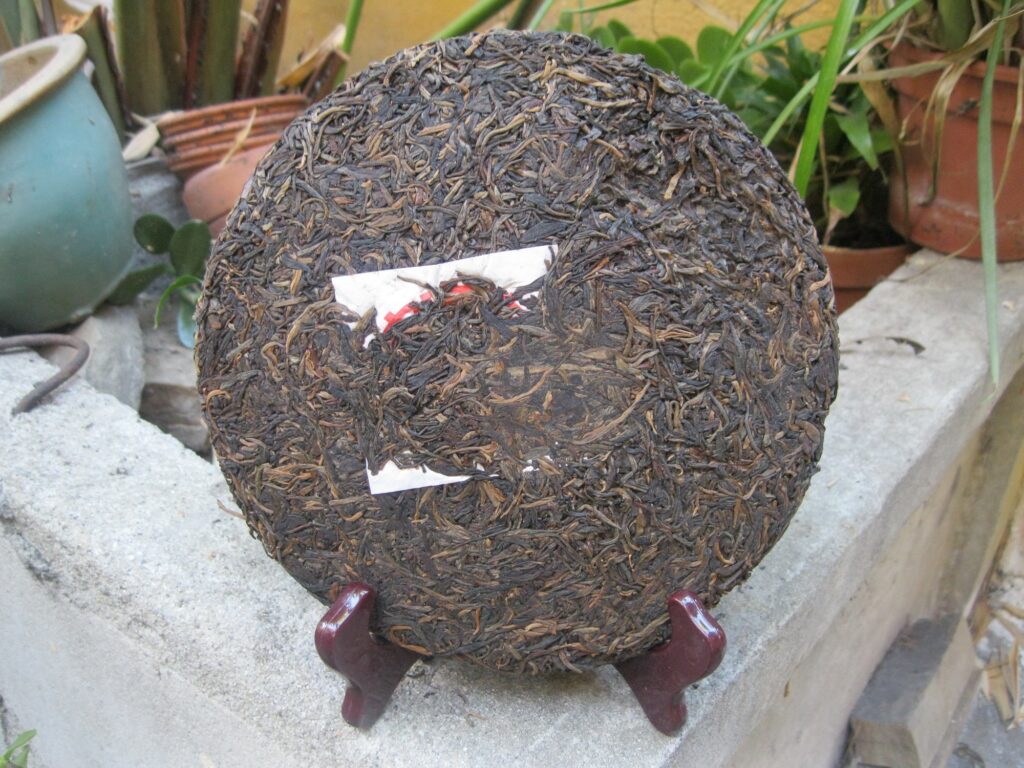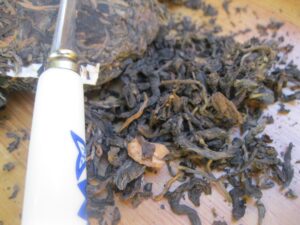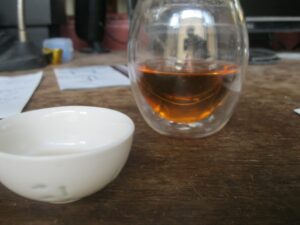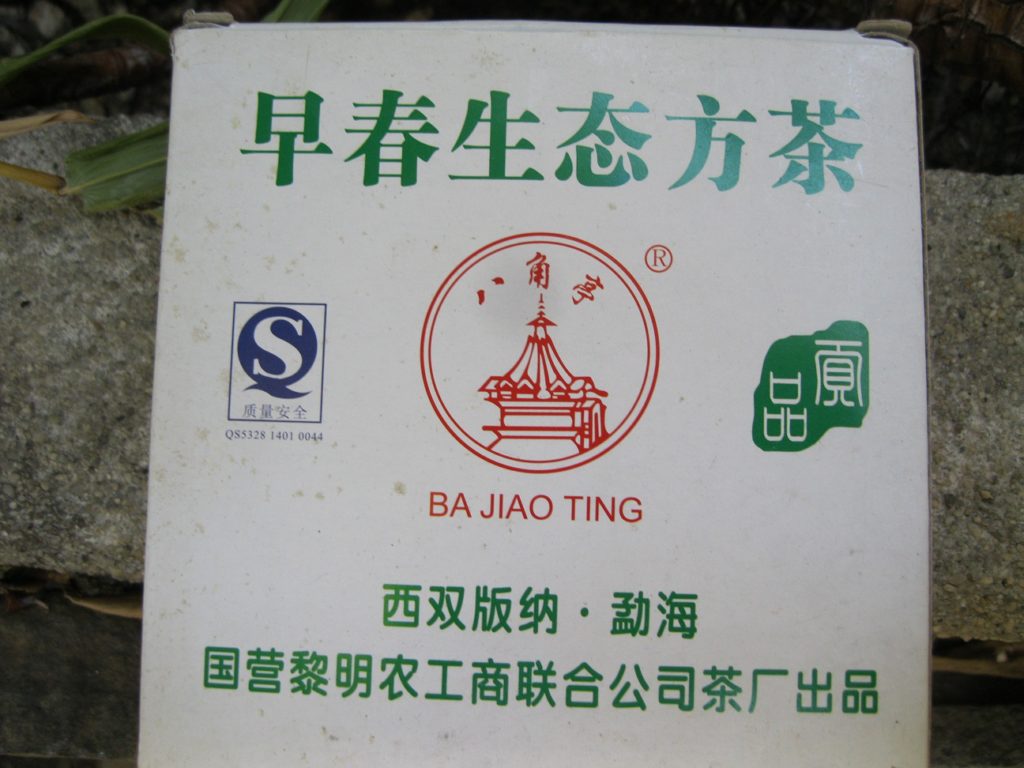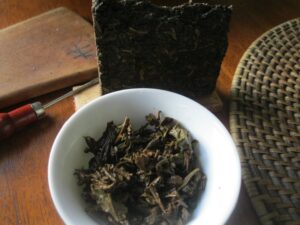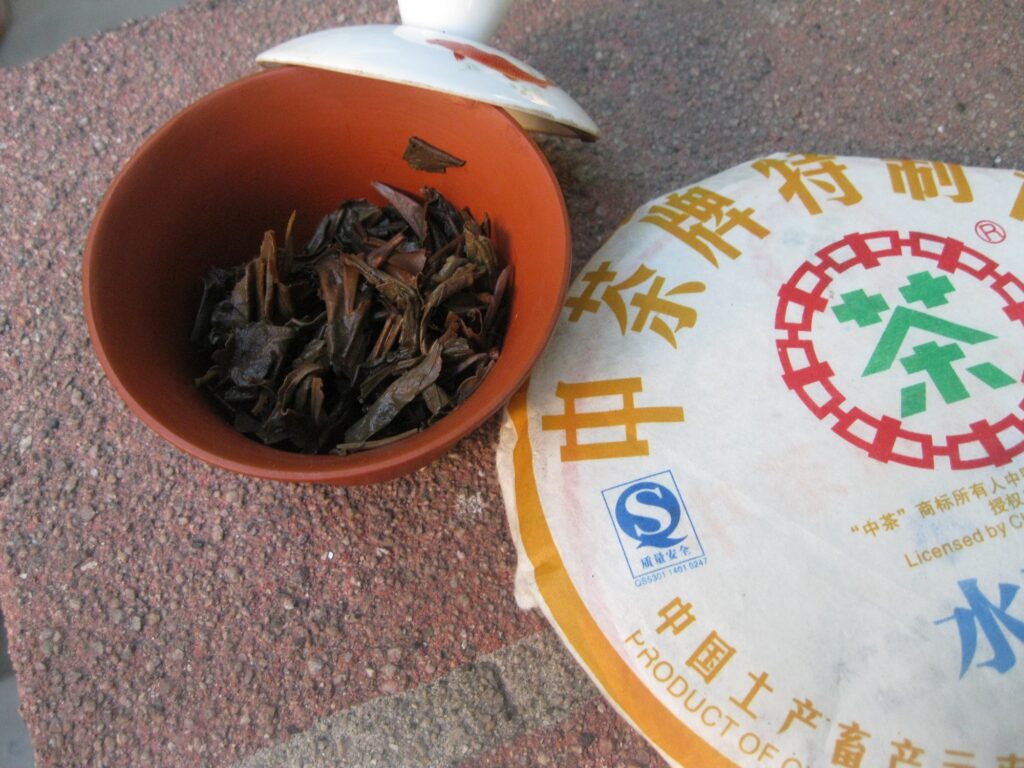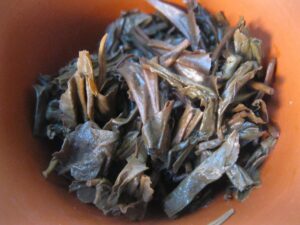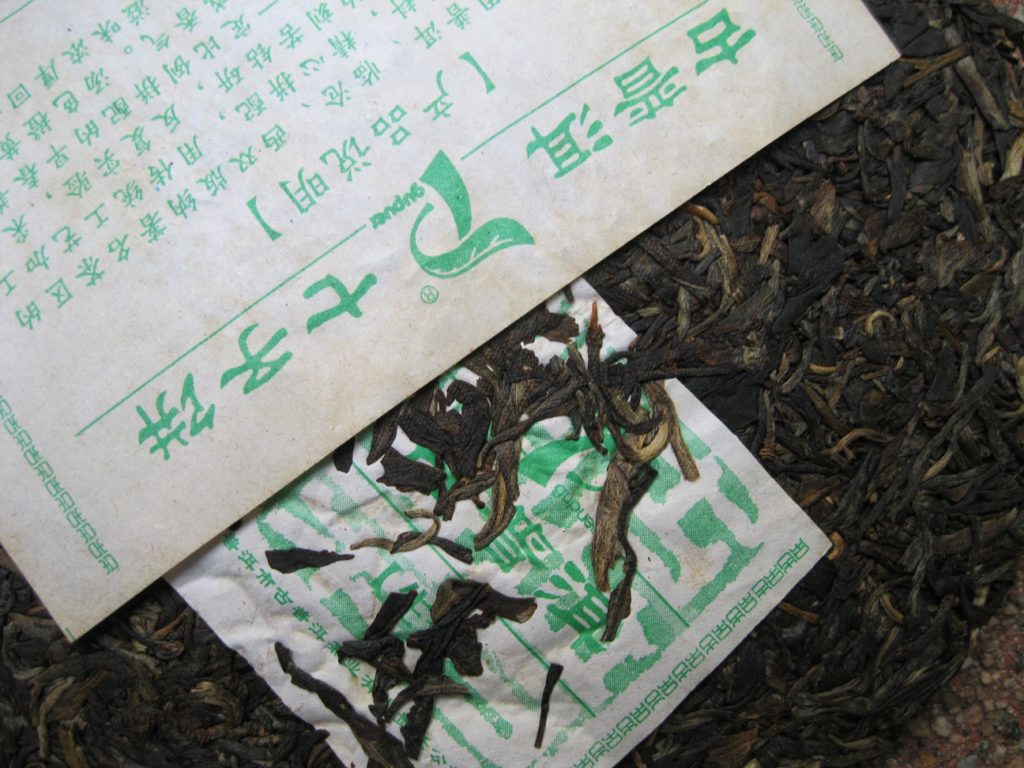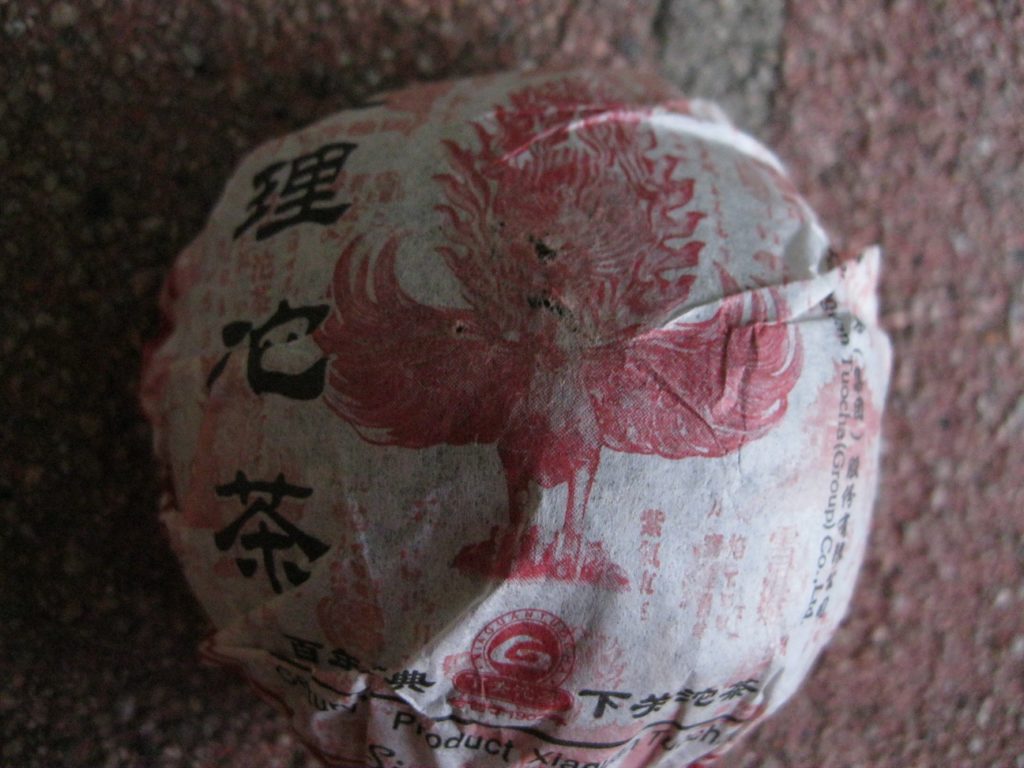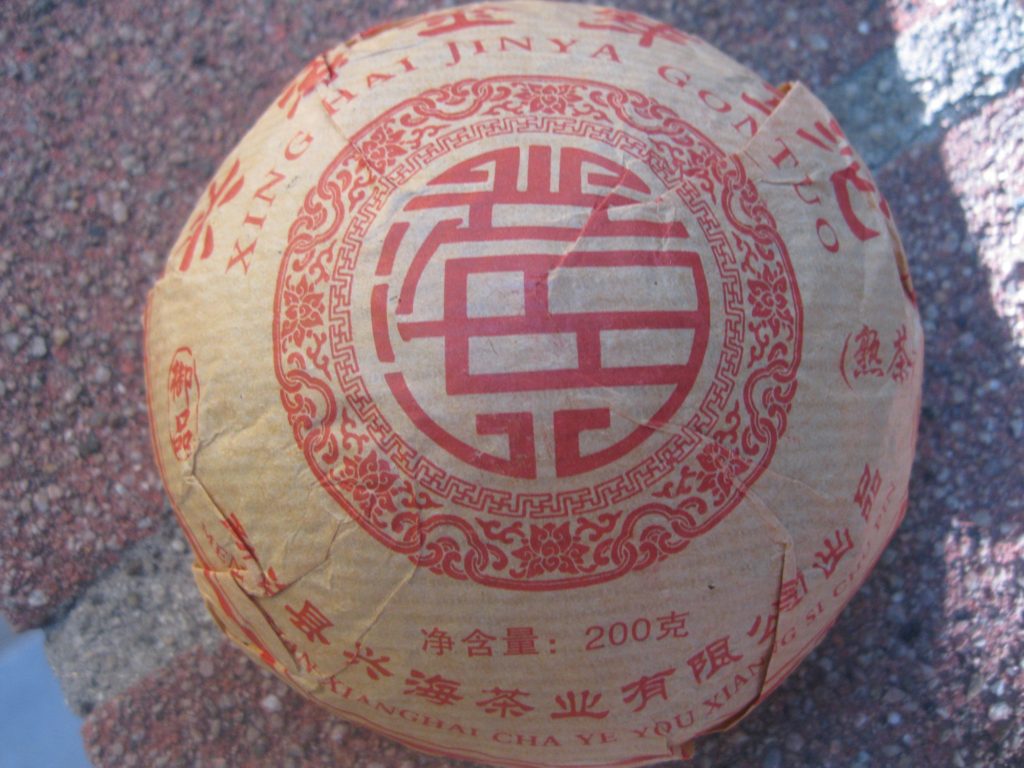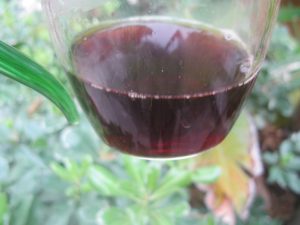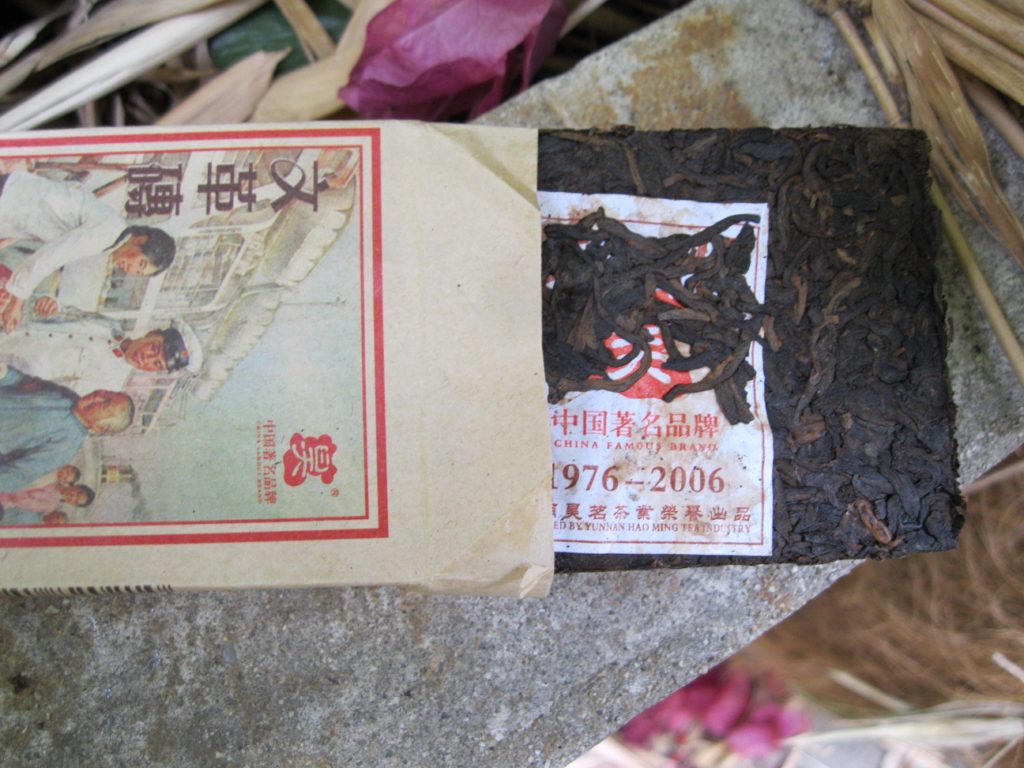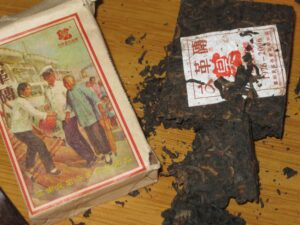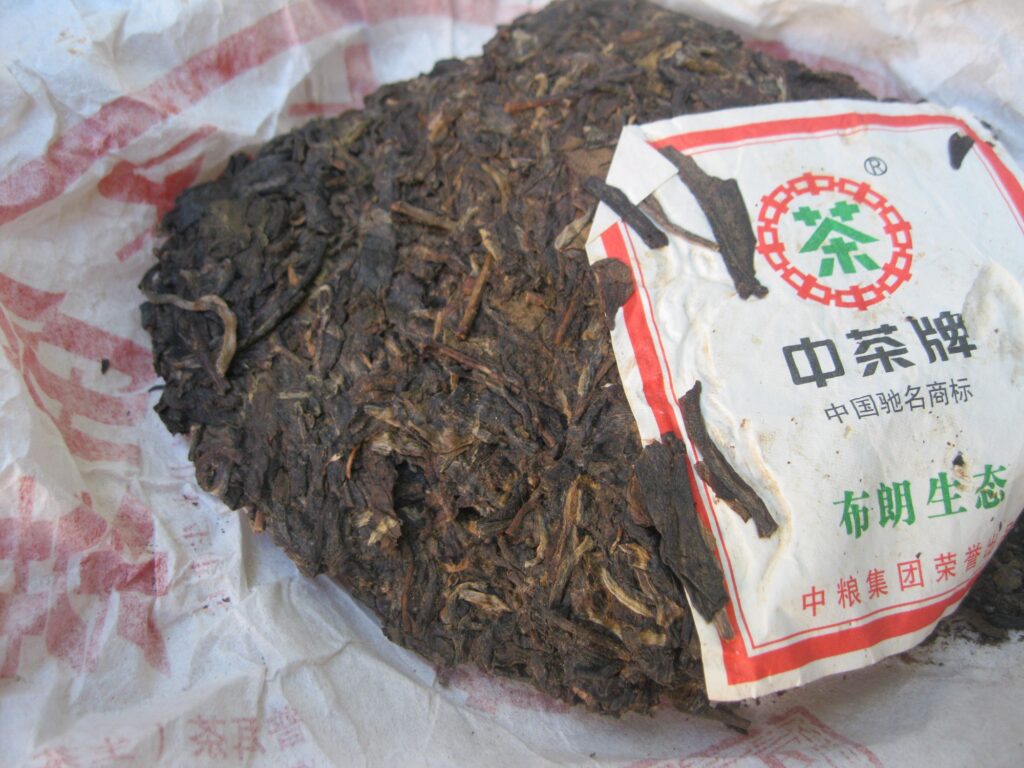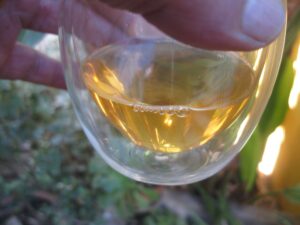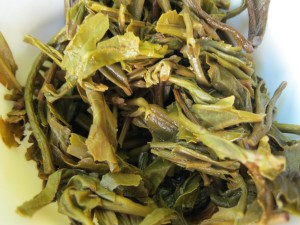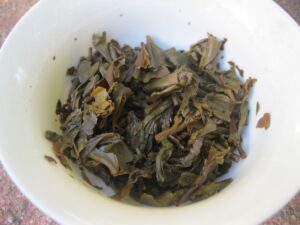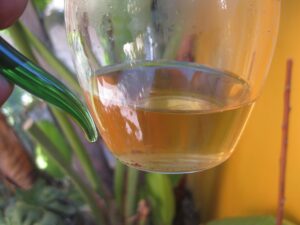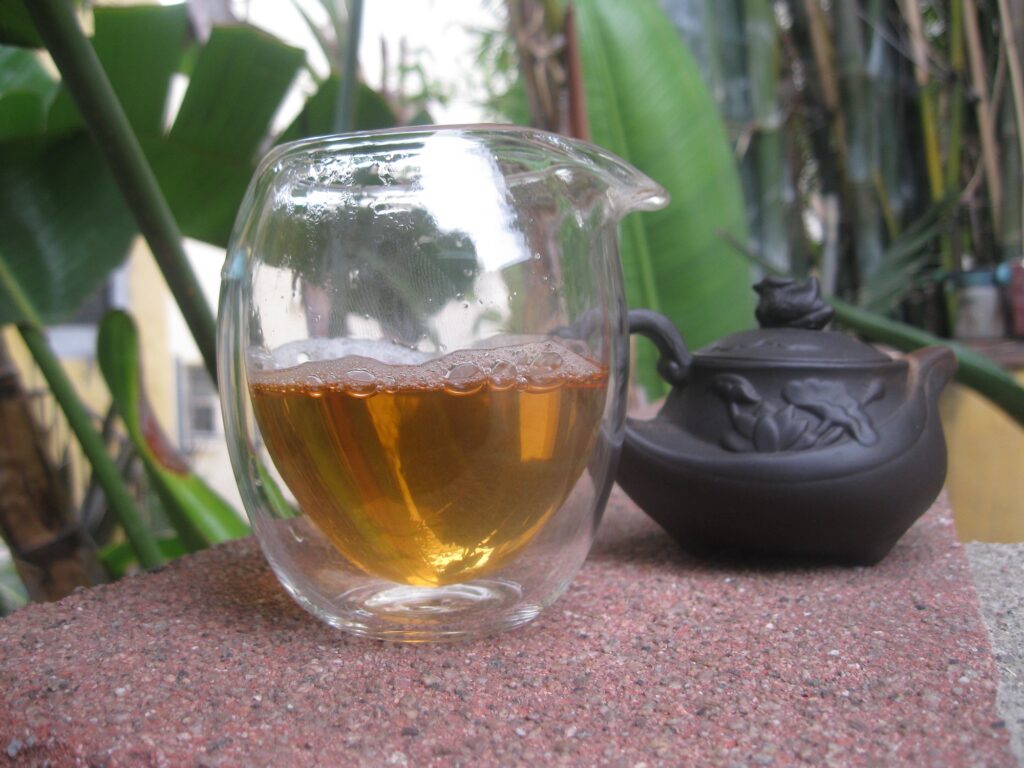Puerh Storage Horrors!
Puerh Storage Horrors– Realtime tales from the Puerh Junky Crypt
Last time we left our villain, the Puerh Junky, he was lamenting the performance of his totem-totaling icon ’04 Monkey, 6FTM. That was in summer of ’20. At the time it was removed from the box and placed in plastic upon the top-shelf of the somewhat controlled conditions of the unplugged refrigerator.
In the meantime, an entire stack of boxed cakes all ’04 and younger were getting the life sucked from them through those damn boxes. Maybe if wrapped in plastic then enclosed in the box. . . but otherwise a big thumbs down on boxing. Certainly cardboard boxes. If you had a nice clay box, that would be another story. Cardboard is a horrible storage vessel. It sucks moisture from the tea while imparting a deadening taste.
Using the boxes was conceived with keeping the fancier productions all nice and tidy. You can write the name and year on the box and quickly identify what you want. But it’s horrible. It makes the tea horrible and robs it of qi.
Case: I tasted three of my most powerful productions after finding my ’03 7532, DQZ turned horrible. I put it in a plastic baggie and it’s now in the TTP. The three from yesterday were not as wretched but that 7532 has been stored since ’15, where the others from around ’17. Each of the three showed marked dimunition in expression, while being rather dead.
One basis of direct comparison was between the ’03 Lily of the Valley,YPH, one stored in container and the other in a box in the fridge. The former has gotten much more succulent and refined in its floral presentation, where the latter is muted and is flatter than it should be.
The final test was with the ’04 Monkey, which had been destroyed by the box but wrapped in plastic and kept on the top-shelf of fridge in an effort to resuscitate it. It is now fine but quite different from what I ever remember it being, particularly in the later infusions where there is much more apple and sweetness. The floral has definitely entered a different stage. There’s still much bitterness if over brewed and drunk hot, but as it cools the bitterness mellows and the astringency is not worth mentioning. After six months removed from the box much more life has returned to the cake, though its expression either much different due to age or what was removed by the time in the box. None of the other lunar productions are expressing fruitiness of this order.
All of the box-abused have been placed in plastic and in a container. In July I’ll test a few. Fortunately, only the most unique of the generic label productions were affected. I used to think plastic was a bad thing. That’s much less a concern than protection of wrapper, conserving leaves that escape from the bag, and additional transformation capacity. Some bags are lined in what in a waxier plastic than the plane cellophane but they all work far better than boxes.
Boxes are a horror for storage but it doesn’t spell the bloody end, only a few months in plastic with some likely changes in character.


